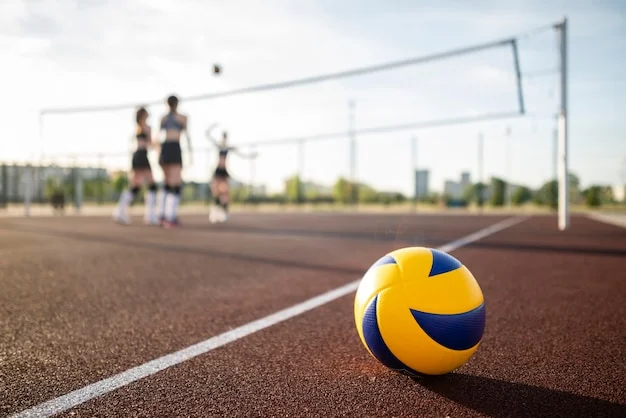

Installing Padel Courts Choosing the Right Suppliers
Padel, a popular racquet sport that combines elements of tennis and squash, has seen a significant surge in popularity across the globe. With an increasing number of enthusiasts eager to play, the demand for professionally installed padel courts has also escalated. For clubs, sports facilities, and individual investors looking to install a padel court, selecting the right suppliers becomes a crucial step in ensuring a successful project. This article will explore the key factors to consider when choosing padel court suppliers and the installation process itself.
Understanding Padel Courts
Before diving into supplier selection, it’s essential to understand what padel courts consist of. A standard padel court measures 20 meters in length and 10 meters in width, bordered by walls on both sides, with a net dividing it in half. The surface materials can vary, including artificial grass, concrete, or wood, making the choice of suppliers instrumental in achieving the desired quality and durability.
Importance of Choosing the Right Supplier
The initial step in successfully installing a padel court is sourcing materials and services from reputable suppliers. The right suppliers provide high-quality materials, expert installation services, and ongoing support, which are all crucial for the longevity and performance of the court.
1. Quality of Materials The materials used in constructing a padel court are foundational to its durability and performance. High-quality artificial grass, for example, not only enhances playing conditions but also significantly reduces maintenance costs. Look for suppliers that provide certified materials with warranties.
2. Experience and Expertise When selecting a supplier, consider their level of experience in constructing padel courts. Suppliers with a track record of successfully completing similar projects will have the necessary expertise to guide you through the installation process. They should be knowledgeable about the latest industry standards and trends, ensuring that your court meets all necessary regulations.
3. Technical Support The installation process can be complex and requires a set of specialized skills. A good supplier will offer technical support throughout the process. This includes site assessment, designing, and installing the court while adhering to safety standards. Look for suppliers who can provide comprehensive services from start to finish.
4. Customer Reviews and References One of the best ways to gauge the reliability of a supplier is by examining customer reviews and seeking references. Positive feedback from past clients can give you confidence in the supplier's ability to deliver on their promises.

5. Customization Options Every project is unique, and a good supplier should offer customization options to meet your specific needs. Whether it’s adjusting the size of the court, choosing different materials, or incorporating additional features like lighting or seating, a flexible supplier can accommodate various preferences.
6. Cost and Budgeting While quality should be a top priority, it’s also important to consider the budget. Request detailed quotes from multiple suppliers to compare costs and ensure that you receive value for your investment. However, be mindful that the cheapest option may not always be the best, especially if it compromises quality.
The Installation Process
Once a supplier has been chosen, the installation process typically begins with the following steps
- Site Assessment The supplier will carry out a site visit to assess the space where the court will be installed. This includes evaluating the ground conditions and ensuring sufficient space surrounding the court. - Design and Approval After the assessment, a design plan will be presented. This plan must be approved by the stakeholders before installation can commence.
- Foundation Preparation The foundation is critical for the stability of the court. Suppliers will prepare the base, ensuring proper drainage and leveling.
- Installation of Surfacing and Walls Following the foundation work, the surfaces and walls of the court will be installed. This stage requires expertise to ensure the correct tension and placement of the materials.
- Final Touches After the main installation is complete, finishing touches like net installation, lighting, and any additional amenities will be added.
Conclusion
Installing a padel court represents a significant investment, and the choice of supplier plays a pivotal role in the project’s overall success. By carefully considering factors such as material quality, experience, technical support, and customer feedback, individuals and organizations can ensure they select a supplier capable of delivering a high-quality padel court. As the sport continues to grow in popularity, having a well-installed court will not only enhance the playing experience but also contribute to the growth of the community around this exciting sport.
High-Performance Industrial Flooring Solutions China Paddle Tennis Court for Sale
High-Performance Industrial Flooring Solutions Durable & Cost-Effective
Homogeneous Transparent Floor – Durable & Stylish Rubber Floor Solutions
Premium Homogeneous Transparent Floor for Durable & Stylish Spaces Rubber Floor Solutions
Premium Sports Floor Solutions Durable PVC Sports Floor & Rubber Floor for Gyms
Durable Rubber Composite Floor Premium Rubber Floor & Mats Solutions